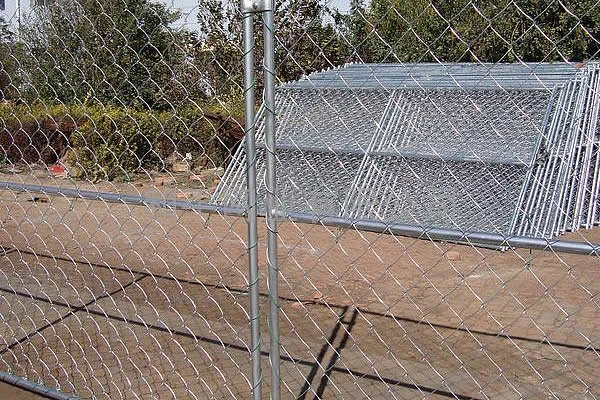 TEL:
+86-13102802206
TEL:
+86-13102802206
 Email:
fencenetting@china.com
Email:
fencenetting@china.com
 Language
Language
 TEL:
+86-13102802206
TEL:
+86-13102802206
 Email:
fencenetting@china.com
Email:
fencenetting@china.com
 Language
Language


The Aesthetic and Functional Appeal of Barbed Wire Garden Fences
When it comes to delineating a garden or establishing a boundary on rural properties, barbed wire garden fences offer a unique blend of functionality and aesthetic value. While often associated with livestock confinement and agriculture, barbed wire fences are increasingly being repurposed in garden design, creating visually striking landscapes that convey a rustic charm.
Barbed wire, comprised of twisted strands with sharp barbs at regular intervals, was invented in the late 19th century and revolutionized agricultural fencing. Its primary purpose was to control livestock and protect crops from unwanted herbivores. However, its utilitarian design has inspired innovative gardeners and landscapers to explore its potential beyond traditional applications.
One of the most significant advantages of barbed wire garden fences is their cost-effectiveness. Compared to traditional wood or metal fencing, barbed wire is relatively inexpensive while still providing a sturdy boundary. For homeowners looking to define their space without breaking the bank, this fencing option offers a practical solution. Moreover, with proper installation and maintenance, barbed wire can withstand the elements and last for many years, making it a durable investment.

In addition to its practicality, barbed wire adds a compelling visual element to garden design. When combined with natural materials and flora, it creates a striking contrast that enhances the overall aesthetic. For instance, a barbed wire fence surrounding a flower garden or vegetable patch can emphasize the organic beauty of the plants while providing a rugged, industrial touch. Gardeners can also utilize barbed wire creatively by intertwining it with climbing plants such as vining flowers or ivy. This not only softens the harshness of the wire but also creates a dynamic, living fence that evolves with the seasons.
Furthermore, barbed wire fences contribute to a garden's structural design. They can be used to create distinct areas within a larger garden plot, delineating zones for herb gardens, flowering borders, or vegetable beds. This visual segmentation aids in organizing the space and can even enhance the garden's functionality, allowing for better management of diverse plant types and their respective care requirements.
While barbed wire garden fences have many positive attributes, it's essential to consider their potential drawbacks as well. The sharp barbs pose risks to pets and small children; therefore, use should be carefully moderated in residential areas. Moreover, barbed wire is not the best option for every garden; certain aesthetic styles, such as those aiming for classic or refined looks, may not benefit from the ruggedness of barbed wire. Thus, consideration of the overall garden theme and intended use is crucial.
In conclusion, barbed wire garden fences offer an intriguing solution for defining spaces while marrying functionality with aesthetic appeal. Their cost-effectiveness, durability, and versatility make them appealing to homeowners and gardeners alike. When incorporated thoughtfully into garden designs, they can enhance the beauty of plant life and contribute to the structural integrity of outdoor spaces. Nevertheless, potential safety concerns and compatibility with design intentions should guide the decision to use barbed wire fencing. With the right approach, barbed wire can transform a simple boundary into a defining feature of a charming and functional garden.